Table of Contents
Heart failure is a complex and challenging condition that requires meticulous nursing care. Crafting a well-structured and informative nursing case study on a patient with heart failure offers invaluable insights into patient management, nursing interventions, and the impact of this chronic illness on individuals and their families.
This article delves into key strategies for writing a compelling and impactful nursing case study on a patient with heart failure.
How to Write a Nursing Case Study on a Patient with Heart Failure
1. Selecting the Right Patient:
The first step is choosing a patient whose case demonstrates the complexities of heart failure and highlights relevant nursing interventions. Look for patients with interesting clinical presentations, unique challenges, or a compelling journey through their diagnosis and treatment. Consider patients with:
- Varied symptom presentation: A patient with atypical symptoms like fatigue or shortness of breath with minimal exertion can highlight the importance of early recognition and diagnosis.
- Co-morbidities: Patients with co-existing conditions like diabetes, hypertension, or obesity pose unique challenges in managing heart failure.
- Complex medication regimens: Documenting the intricacies of managing multiple medications and potential drug interactions can offer valuable insight into the challenges of heart failure care.
- Social determinants of health: Focus on patients impacted by factors like limited access to healthcare, financial constraints, or lack of social support, showcasing the broader context of heart failure management.
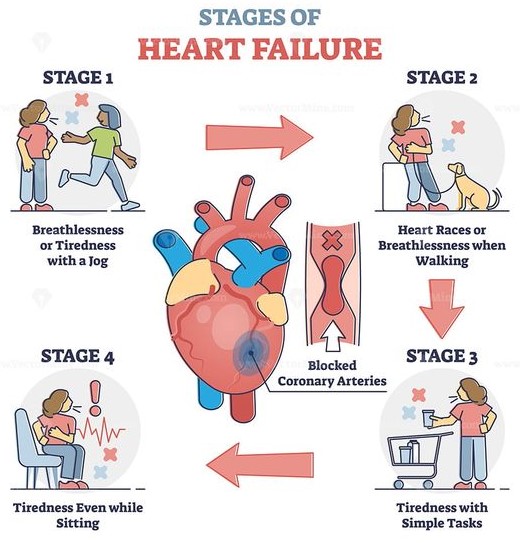
2. Building a Strong Foundation: Data Collection and Analysis
A robust nursing case study on a patient with heart failure relies on thorough data collection and meticulous analysis. Use a combination of sources:
- Patient Chart Review: Extract essential patient information, including demographics, medical history, medications, vital signs, laboratory results, diagnostic tests, and clinical assessments.
- Interviews: Conduct structured interviews with the patient to gather their perspective on their condition, symptoms, coping mechanisms, and healthcare experiences.
- Nursing Notes and Assessments: Analyze nursing documentation to understand the patient’s physical and emotional status, responses to interventions, and progress over time.
- Relevant Literature: Review current evidence-based guidelines, research articles, and clinical practice protocols related to heart failure management. Reputable academic writing platforms such as PhD Nurse Writer provide samples of scholarly nursing case studies that can be quite instrumental in research.
3. Developing a Clear Narrative: The Art of Storytelling
Transform raw data into a captivating narrative by focusing on the patient’s journey and the impact of heart failure on their life. Employ these techniques:
- Empathetic Language: Use descriptive language that conveys the patient’s physical and emotional experiences. Instead of simply stating “patient reported dyspnea,” describe the patient’s feelings of breathlessness and their limitations in daily life.
- Chronological Progression: Present the case study in a logical timeline, highlighting key events, diagnostic procedures, and treatment strategies. This approach provides a clear understanding of the patient’s progress.
- Patient Voice: Include direct quotes from the patient to capture their perspective and experiences. This adds authenticity and emotional depth to the case study.
4. Weaving in Key Nursing Concepts:
A strong nursing case study on a patient with heart failure goes beyond simply documenting the patient’s story; it demonstrates your understanding of critical nursing concepts. Incorporate these elements:
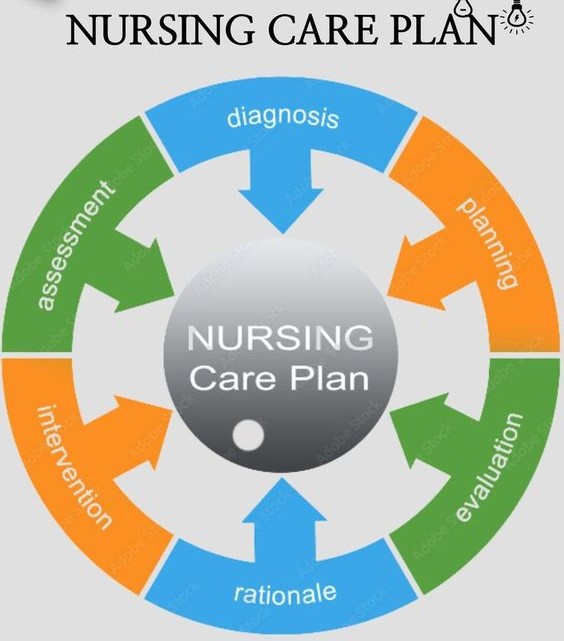
- Nursing Assessment: Highlight the importance of thorough physical and emotional assessment, recognizing the signs and symptoms of heart failure exacerbation. Showcase the use of specific assessment tools like the New York Heart Association (NYHA) classification.
- Nursing Diagnosis: Identify relevant nursing diagnoses related to heart failure, such as impaired gas exchange, activity intolerance, anxiety, and ineffective self-management. Explain the rationale behind your chosen diagnoses.
- Nursing Interventions: Focus on specific nursing interventions aimed at managing symptoms, promoting patient education, and fostering self-care. Include examples of interventions like oxygen therapy, diuretics, lifestyle modifications, and psychological support.
- Evaluation: Document the patient’s response to interventions and any changes in their condition. Evaluate the effectiveness of nursing care and identify areas for improvement.
5. Presenting the Case Study:
The final step involves presenting your nursing case study on a patient with heart failure in a clear, concise, and well-organized manner. Consider these elements:
- Structure: Organize your case study into clear sections: Introduction, Patient History, Assessment, Nursing Diagnosis, Interventions, Evaluation, and Conclusion.
- Visual Aids: Use tables, charts, and diagrams to enhance readability and highlight key information.
- References: Ensure all sources of information are properly cited using a consistent referencing style.
- Professional Language: Maintain a professional tone and use clear, concise language to communicate your findings effectively.
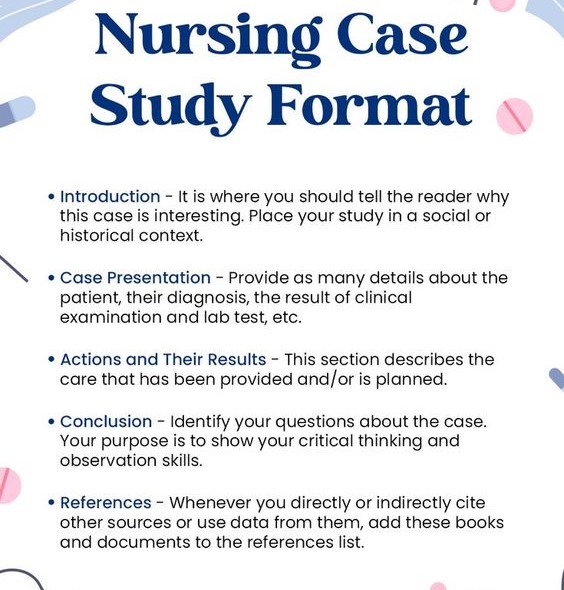
Pitfalls to Avoid When Writing Nursing Case Studies
There are several things that could still go wrong when writing a nursing case study on a patient with heart failure. Knowing the common pitfalls in nursing case study writing is essential to success. Here are some of the common mistakes to avoid when writing a nursing case study:
1. Breaching Patient Confidentiality:
- Never use real names, dates of birth, or other identifying information. Always use pseudonyms and create fictionalized details to protect patient privacy.
- Don’t include specific locations or hospital names.
- Avoid sharing details that would make it easy to identify the patient. Think about what information, if released, could be pieced together to reveal the patient’s identity.
2. Focusing on the Sensational or Unusual:
- Don’t prioritize drama or the rare over the common. Case studies are valuable when they illustrate typical nursing care and patient experiences.
- Avoid sensationalizing the case or making it appear more dramatic than it was. Focus on the facts and the nursing process.
3. Lack of Focus and Clarity:
- Choose a specific problem or nursing intervention as the focus. Don’t try to cover everything about the patient’s care.
- Organize your case study logically. Use clear headings, subheadings, and transitions to guide the reader.
- Avoid rambling or irrelevant details. Every element should contribute to the central theme.
4. Ignoring Critical Components:
- Don’t forget the nursing assessment. Provide a comprehensive overview of the patient’s history, presenting symptoms, and vital signs.
- Include the nursing diagnosis. Clearly identify the main nursing problem you will address.
- Explain the nursing interventions. Describe the specific actions you took to address the nursing diagnosis, including medications, treatments, and patient education.
- Document the evaluation. Did the interventions work? How did the patient’s condition change?
5. Using Slang or Informal Language:
- Maintain a professional tone throughout. Avoid using slang, jargon, or overly casual language.
- Use correct grammar and spelling. Errors in language can detract from the credibility of your case study.
6. Overusing Technical Terminology:
- Avoid using complex medical terms unless necessary. Explain technical terms in plain language for a broad audience.
- Use a balance of technical language and lay terms. This will make your case study accessible to a wider range of readers.
7. Failing to Cite Sources:
- If you use any external information, cite your sources properly. This includes textbooks, journals, websites, and other references.
- Follow a consistent citation style. This will ensure that your citations are accurate and consistent.
8. Lack of Objectivity:
- Present the case study in an objective and factual manner. Avoid personal opinions or biases.
- Do not include personal anecdotes or emotional responses. Focus on the patient’s care and the nursing process.
9. Skipping the Reflection:
- Include a brief reflection on your learning. What did you learn from this experience? How could you improve your practice in the future?
10. Ignoring Ethical Considerations:
- Always ensure that your case study adheres to ethical guidelines. This includes respecting patient confidentiality, avoiding bias, and maintaining professional standards.

By avoiding these common pitfalls, you can create a well-written and informative nursing case study that will be valuable to both your instructors and your fellow nurses.
Example of a Nursing Case Study on a Patient with Heart Failure
Introduction:
This case study explores the nursing care provided to a 68-year-old female patient, Ms. Jones, diagnosed with heart failure. The case study highlights the complexities of heart failure management, focusing on the patient’s unique challenges, nursing interventions, and the impact of this condition on her quality of life.
Patient History:
Ms. Jones presented with progressive dyspnea on exertion, orthopnea, and lower extremity edema. She had a history of hypertension, diabetes, and obesity. Her medications included furosemide, lisinopril, and metformin. Echocardiogram revealed a left ventricular ejection fraction of 35%.
Assessment:
Initial assessment revealed Ms. Jones was experiencing significant shortness of breath, even with minimal activity. Her vital signs were unstable, with elevated heart rate and blood pressure. She was anxious and fearful about her condition.
Nursing Diagnosis:
Based on the assessment data, the following nursing diagnoses were identified:
- Impaired gas exchange related to pulmonary congestion and decreased cardiac output.
- Activity intolerance related to reduced cardiac output and dyspnea.
- Anxiety related to the diagnosis of heart failure and uncertainty about the future.
- Ineffective self-management related to lack of knowledge and understanding of the disease.
Interventions:
Nursing interventions included:
- Providing supplemental oxygen therapy to improve oxygenation.
- Administering diuretics to manage fluid overload and reduce edema.
- Encouraging frequent rest periods and limiting activity to promote energy conservation.
- Providing emotional support and reassurance to alleviate anxiety.
- Implementing a comprehensive education plan to enhance self-management skills.
Evaluation:
Over time, Ms. Jones’s condition stabilized with appropriate medication management and lifestyle modifications. She reported significant improvement in her dyspnea and activity tolerance. Her anxiety levels decreased with consistent reassurance and education.
Conclusion:
This nursing case study on a patient with heart failure demonstrates the importance of comprehensive assessment, tailored interventions, and patient education in effectively managing this complex condition. Ms. Jones’s case highlights the need for individualized care, focusing on both physical and emotional needs, to improve patient outcomes and enhance their quality of life.
Remember, each nursing case study on a patient with heart failure is unique and offers valuable insights into the complexities of this condition. By following these strategies, you can create a compelling and informative case study that contributes to the body of knowledge and enhances understanding of heart failure management.
Professional Nursing Case Study Writing Help
Crafting a compelling nursing case study on a patient with heart failure could still be challenging even with all the above insights. However, you can easily turn things around with professional nursing case study help from Nursing Papers. We provide the best nursing case study writing services, tailored to the specific needs and goals of every learner. Besides case studies, we can also help you with crafting nursing research papers, essays and dissertations.






